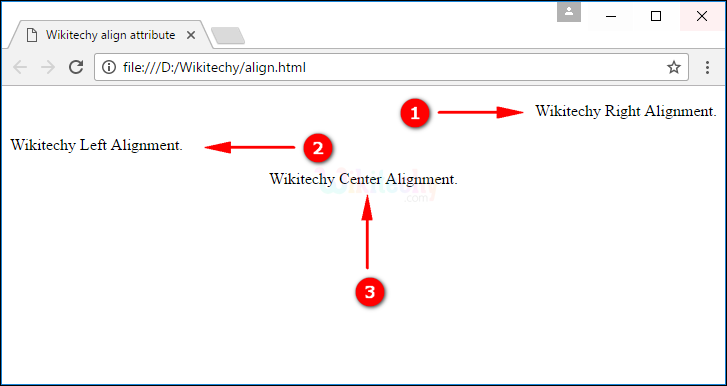

Left alignment is by the most popular text alignment, and also the default one. In terms of specifically web design, these types of alignment are used in different ways.



An additional margin can be added to any of the above styles if you require additional indentation or want more padding.For more information, see: How to create images that are right-aligned on a web page. Using the text-align attribute, you can center any text or image in an element, as shown in the example below.īelow are additional alignment tips that can be applied to any of the above style rules or other CSS classes.Īlternatively, you can use CSS to right-align an image on a web page. See the below additional tips for adjusting the alignment, padding, and margin of an element. HTML code #Īlthough there’s not a “tab” text-alignment, adding a left-margin gives the appearance of a tab alignment, as shown below. However, if you need to change an elements alignment, the below code can be added to the element or into CSS. Also, anything contained in the tag containing the CSS justification (e.g., an image) is also aligned.īy default, English and other languages align the text to the left. Text can be centered in an HTML div and be left-aligned on the rest of the web page. With these examples and most alignment, the text is aligned in the element containing the text. If any of your text alignment is not working, make sure other CSS styles applied to the element, or a containing element, aren’t conflicting with the justification you’re trying to set. Below are examples of how to left, tab, center, and right-align text and images. Images can also be aligned on a web page the same way as text. Any text can be aligned to the left, center, or right on a web page.


 0 kommentar(er)
0 kommentar(er)
